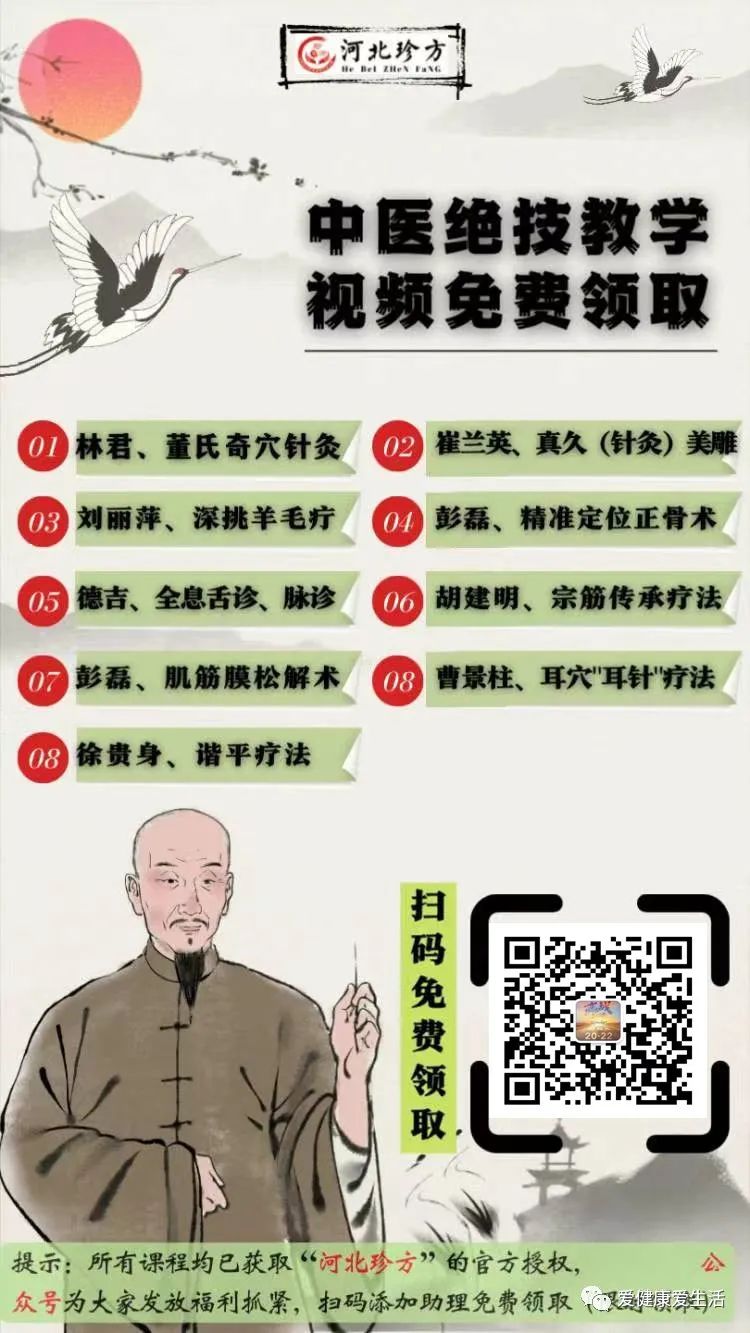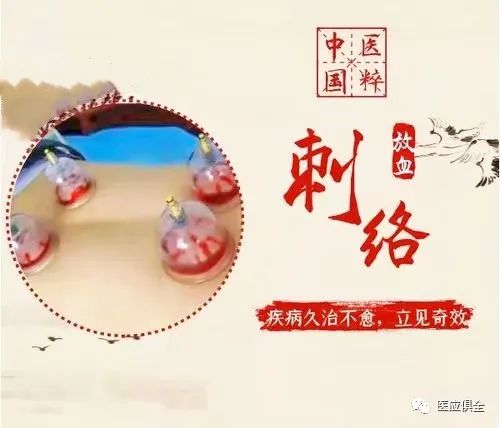
Principles of Acupuncture Point Selection Bloodletting therapy clinical guidance
The main application sites for bloodletting therapy include blood vessels, positive reaction points, lesions, and acupuncture points. Blood vessels refer to deep or superficial blood vessels visible to the naked eye, such as veins exposed in areas like the head, face, under the tongue, popliteal fossa, elbow, lower back, and behind the ears. Positive reaction points refer to areas with papules, nodules, dark red spots, and tender points. Lesions refer to areas of abscesses, skin diseases, lymphadenopathy, tendon sheath cysts, and snake or insect bites. Acupuncture points are often selected from areas rich in blood vessels, including regular acupuncture points, extraordinary points, and Ah Shi points. It is important to note the characteristics of acupuncture point selection and combination for bloodletting therapy.
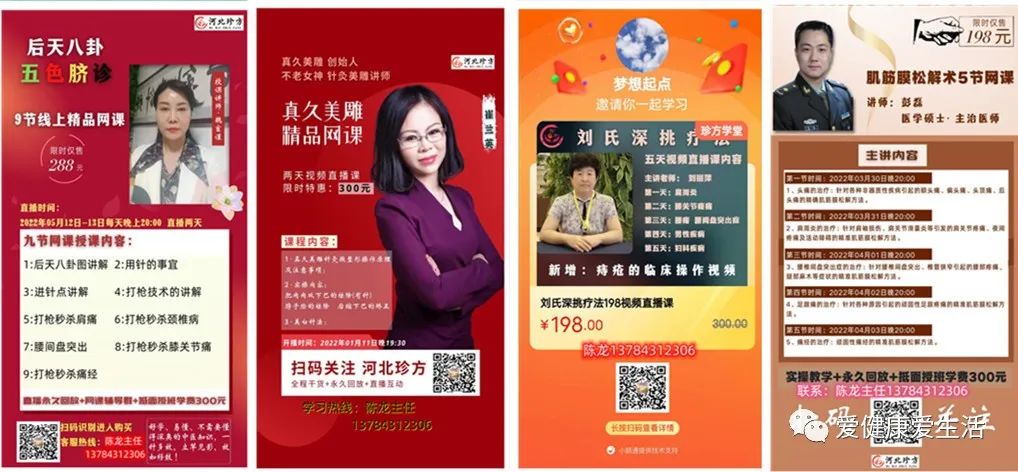
01Principles of Point Selection
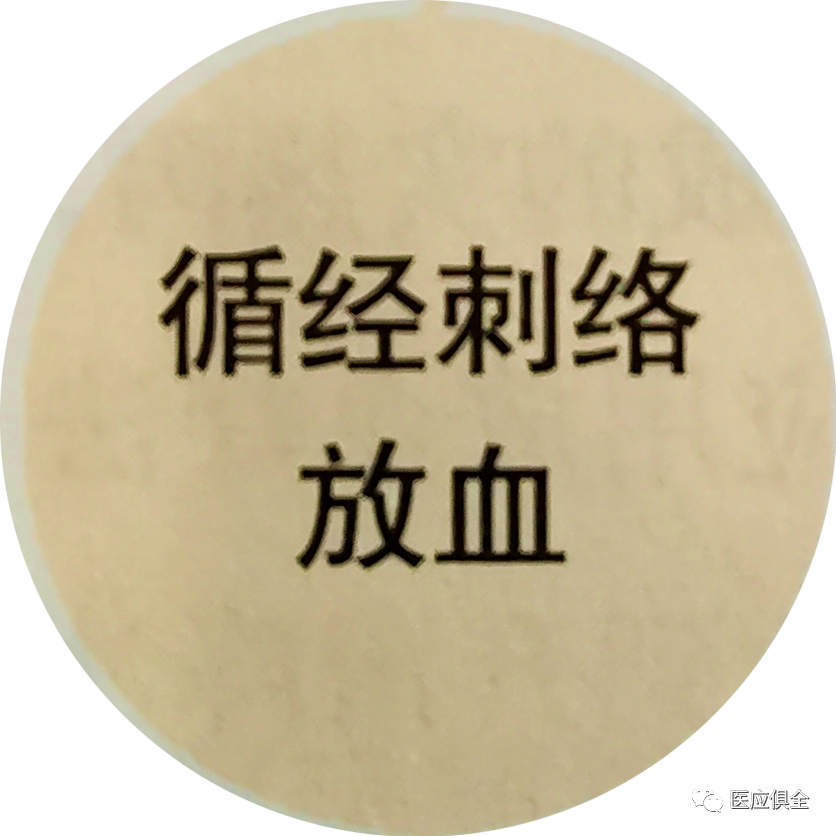
This method is a specific application of the meridian theory in bloodletting therapy. For example, in cases of acute tonsillitis and pharyngitis, points such as Shao Shang (少商), Yu Ji (鱼际), and Shang Yang (商阳) are selected. Points located below the elbows and knees on the limbs are chosen to treat diseases of the head, face, and internal organs.
 According to the traditional acupuncture point’s local treatment effect, if a disease occurs in a certain part of the body, relevant acupuncture points in the affected area or nearby can be selected for treatment. For instance, in the “Complete Book of Sores,” it is stated that for treating carbuncles, “30 needles should be inserted with a three-edged needle at the site of the poison,” which refers to directly performing bloodletting at the lesion site. Modern acupuncture clinics often use bloodletting therapy for conditions such as carbuncles, herpes zoster, soft tissue injuries, psoriasis, and acute mastitis.
According to the traditional acupuncture point’s local treatment effect, if a disease occurs in a certain part of the body, relevant acupuncture points in the affected area or nearby can be selected for treatment. For instance, in the “Complete Book of Sores,” it is stated that for treating carbuncles, “30 needles should be inserted with a three-edged needle at the site of the poison,” which refers to directly performing bloodletting at the lesion site. Modern acupuncture clinics often use bloodletting therapy for conditions such as carbuncles, herpes zoster, soft tissue injuries, psoriasis, and acute mastitis.
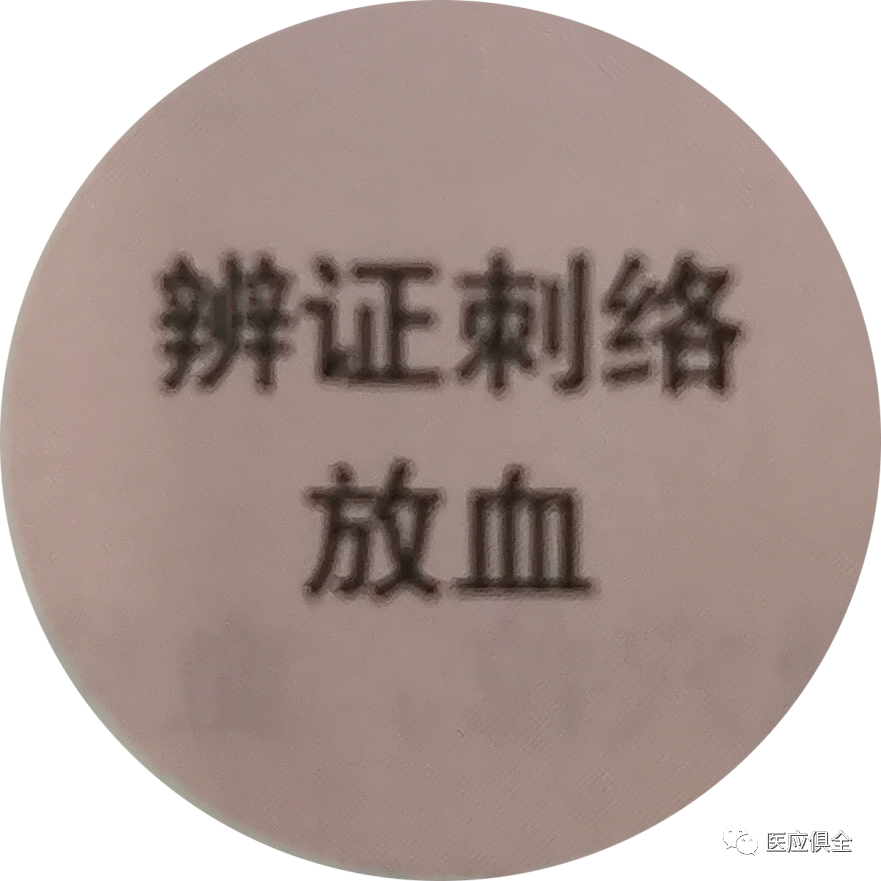 The selection of acupuncture points is primarily based on the nature of the disease, using the principles of organ and meridian differentiation. For example, for Lung Heat Syndrome, points such as Chi Ze (尺泽) and Shao Shang (少商) are used for bloodletting, while for red, swollen, and painful eyes, Tai Chong (太冲) is selected for bloodletting.
The selection of acupuncture points is primarily based on the nature of the disease, using the principles of organ and meridian differentiation. For example, for Lung Heat Syndrome, points such as Chi Ze (尺泽) and Shao Shang (少商) are used for bloodletting, while for red, swollen, and painful eyes, Tai Chong (太冲) is selected for bloodletting.
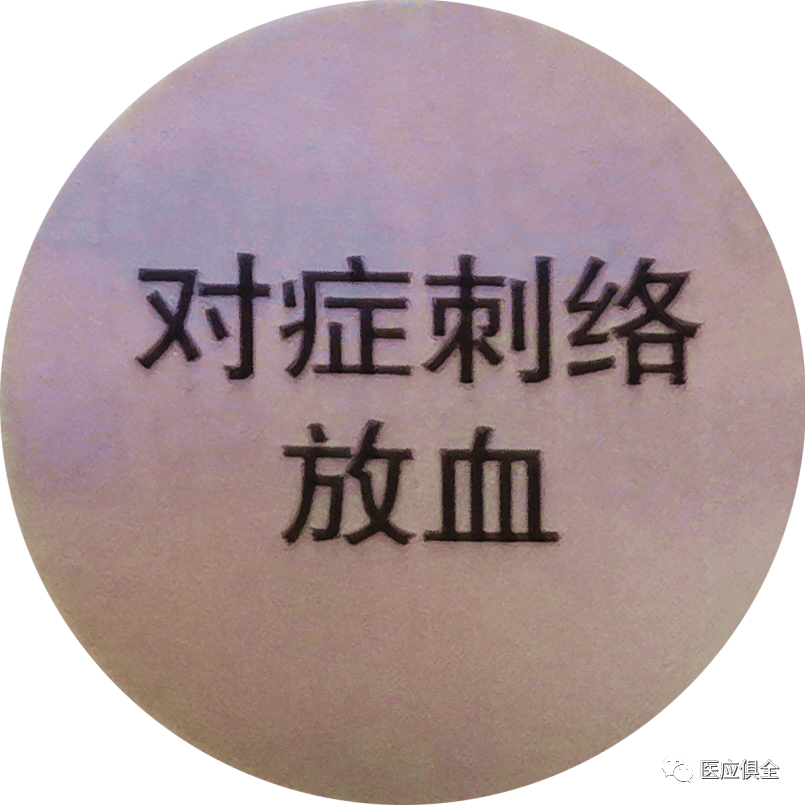 This method targets certain symptoms of diseases to select specific acupuncture points, such as Weizhong (委中) for low back pain, Tai Yang (太阳) for headaches, San Yin Jiao (三阴交) for dysmenorrhea, Da Zhui (大椎) and Er Jian (耳尖) for high fever, and Chang Qiang (长强) and Cheng Jiang (承) for prolapse of the rectum.
This method targets certain symptoms of diseases to select specific acupuncture points, such as Weizhong (委中) for low back pain, Tai Yang (太阳) for headaches, San Yin Jiao (三阴交) for dysmenorrhea, Da Zhui (大椎) and Er Jian (耳尖) for high fever, and Chang Qiang (长强) and Cheng Jiang (承) for prolapse of the rectum.
02Principles of Point Combination
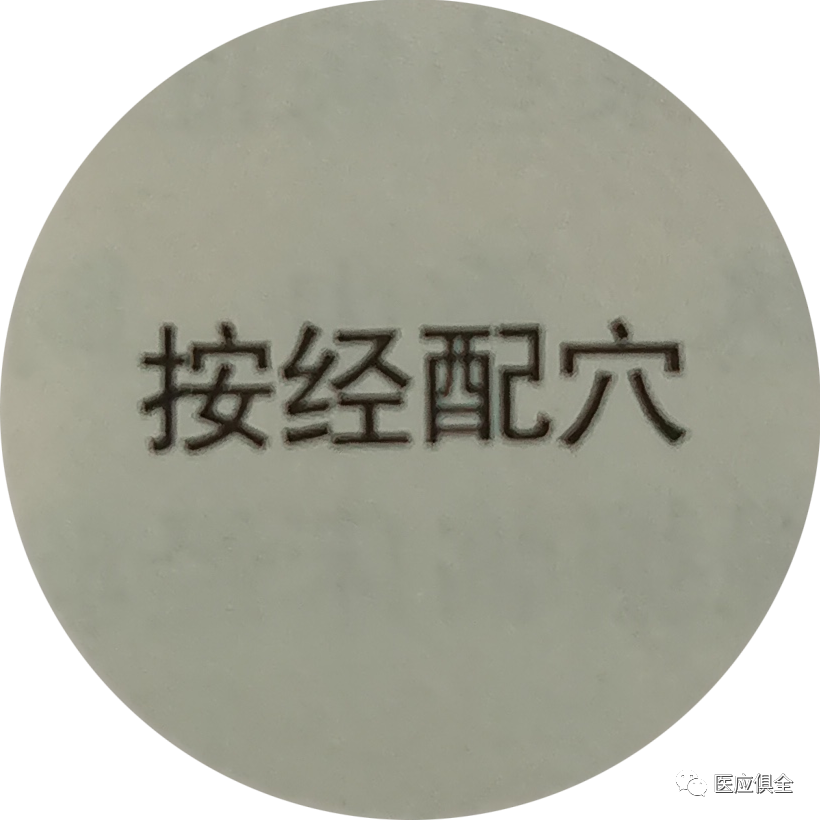
This method is guided by the theory of meridian circulation and involves a method of point combination, which can be divided into primary meridian combinations, interior-exterior meridian combinations, and same-name meridian combinations.
1. Primary Meridian Combination
This means that if the disease is in a certain meridian, the acupuncture points of that meridian are selected for bloodletting. Generally, this is done at the local and nearby points of the affected meridian, away from the diseased area, following the “Three Parts Method” of point combination.
2. Interior-Exterior Meridian Combination
This means that if a certain organ or meridian is diseased, in addition to selecting the acupuncture points of that meridian, related acupuncture points from the interior-exterior meridian are also combined for bloodletting treatment.
3. Same-Name Meridian Combination
This means that under the guidance of the theory of mutual seeking of same-name meridians, acupuncture points from the same-name meridians of the hands and feet are combined. For example, for treating toothache, facial paralysis, and Yangming headache, the points Qu Chi (曲池) and Nei Ting (内庭) from the Yangming meridian of the hands and feet are combined for bloodletting therapy.
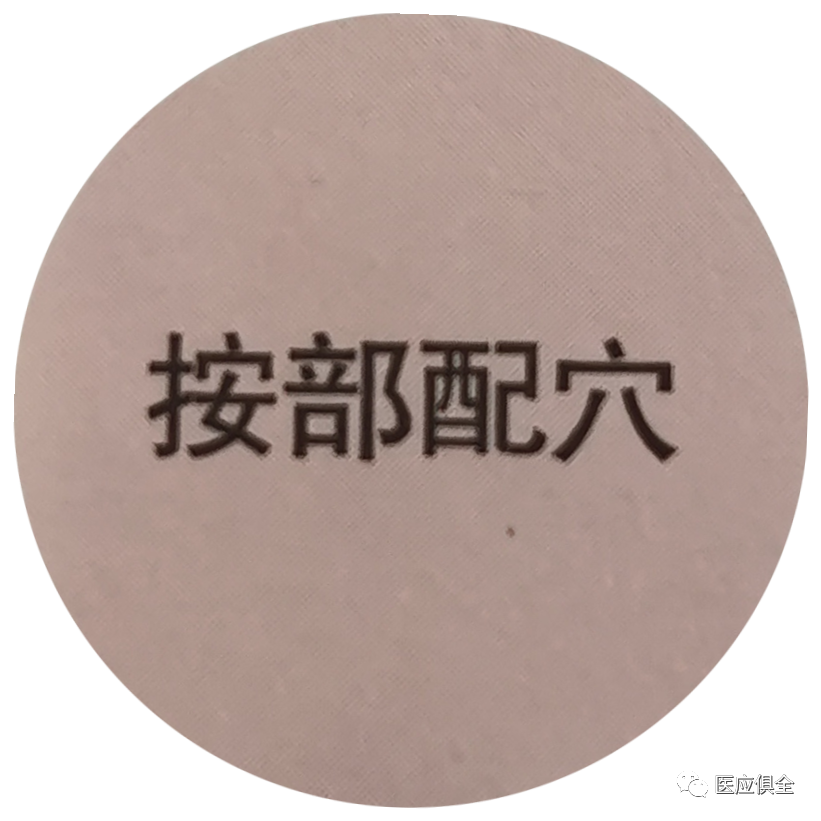 This method can be divided into front-back combinations, left-right combinations, and up-down combinations.
This method can be divided into front-back combinations, left-right combinations, and up-down combinations.
1. Front-Back Combination
This is also known as the “Yin-Yang Combination of Front and Back” method, which involves the mutual pairing of acupuncture points located on the front and back of the body. For example, using the points Dan Zhong (膻中) and Tian Zong (天宗) for bloodletting therapy in acute mastitis can achieve the effect of “drawing Yang from Yin and Yin from Yang,” thus harmonizing Yin and Yang.
2. Left-Right Combination
This refers to the “Miao Needle” method, which is a cross-point bloodletting method targeting collateral vessel diseases, where “if the disease is on the left, needle the right; if the disease is on the right, needle the left.”
3. Up-Down Combination
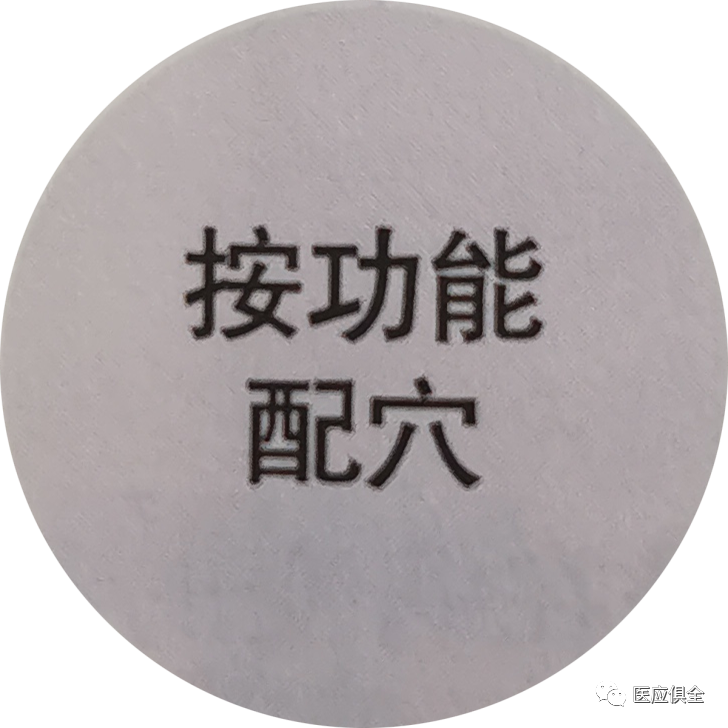 Some specific combinations of acupuncture points for bloodletting have special therapeutic effects on certain diseases. For instance, using Da Zhui (大椎), He Gu (合谷), and Qu Chi (曲池) for bloodletting to reduce fever, or using Weizhong (委中) and Ah Shi points for bloodletting therapy for acute lumbar sprains, are effective combinations summarized from clinical experience by physicians throughout history.
Some specific combinations of acupuncture points for bloodletting have special therapeutic effects on certain diseases. For instance, using Da Zhui (大椎), He Gu (合谷), and Qu Chi (曲池) for bloodletting to reduce fever, or using Weizhong (委中) and Ah Shi points for bloodletting therapy for acute lumbar sprains, are effective combinations summarized from clinical experience by physicians throughout history.
